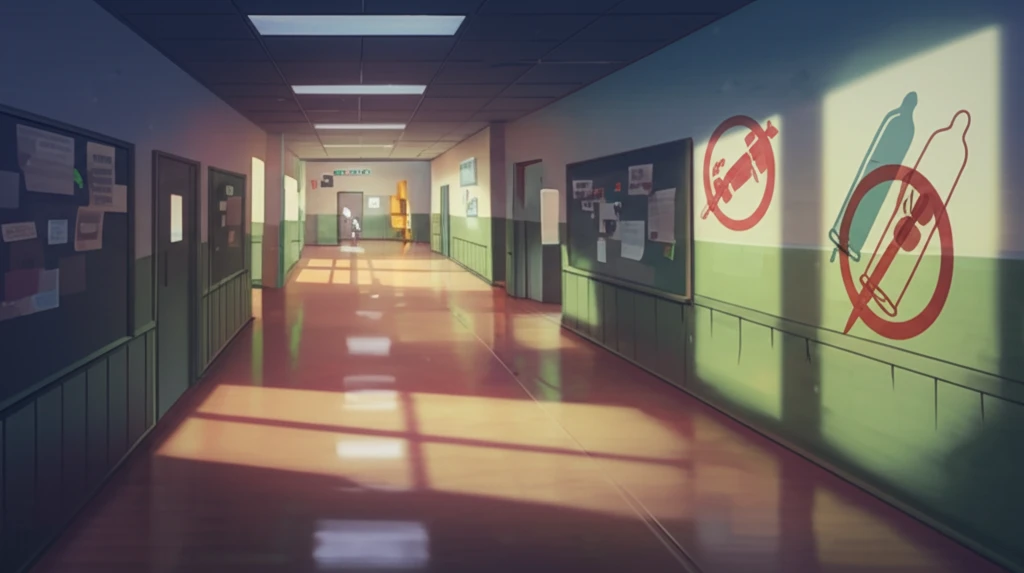
Unprotected Sex: Decoding the Silent Epidemic Among Teens
"A deep dive into the sexual practices of urban high school students and the urgent need for comprehensive education."
In the shadow of rising global health concerns, a silent epidemic continues to affect our youth: unprotected sexual activity. This article confronts the realities faced by urban high school students, exploring the habits, knowledge gaps, and societal influences that contribute to risky behaviors. By understanding the scope of these challenges, we can work towards safer and healthier communities.
While studies on sexual practices often focus on rural populations or university students, it is essential to address the urban adolescent population. High school is a pivotal time of discovery and curiosity, where sexual health education can make a significant impact. Understanding urban students' specific circumstances is crucial for effective intervention and support.
With the ongoing threat of HIV/AIDS and sexually transmitted infections (STIs), it is more critical than ever to prioritize the sexual health of our youth. By looking into the patterns and factors of unprotected sex, we aim to promote informed choices and healthy sexual behaviors. Knowledge is the first step, and open conversation is the bridge to lasting change.
Why Are Teens Still Engaging in Unprotected Sex?

Despite widespread awareness campaigns and educational programs, many teenagers still engage in unprotected sex. Several factors contribute to this concerning trend, including a lack of comprehensive sex education, peer pressure, and the influence of media. Understanding these elements is crucial to developing effective strategies.
- Lack of Comprehensive Education: Many schools do not provide comprehensive sex education, leaving students without essential knowledge about safe sex practices.
- Peer Pressure: The desire to fit in and be accepted by peers can override safe decision-making.
- Substance Use: Alcohol and drugs can impair judgment and increase the likelihood of risky behaviors.
- Media Influence: Pornography and other media can distort perceptions of sex and relationships, leading to unrealistic expectations and unsafe practices.
- Socio-Economic Factors: Poverty and lack of opportunities can drive transactional sex, increasing vulnerability to STIs and HIV/AIDS.
Turning Knowledge into Action: A Call for Change
Addressing the issue of unprotected sex among teenagers requires a multi-faceted approach that includes comprehensive education, accessible healthcare, and open communication. By working together, we can empower our youth to make informed choices and lead healthier lives. It is up to communities, schools, and families to provide the support and resources necessary to protect future generations.
